AARP Hearing Center

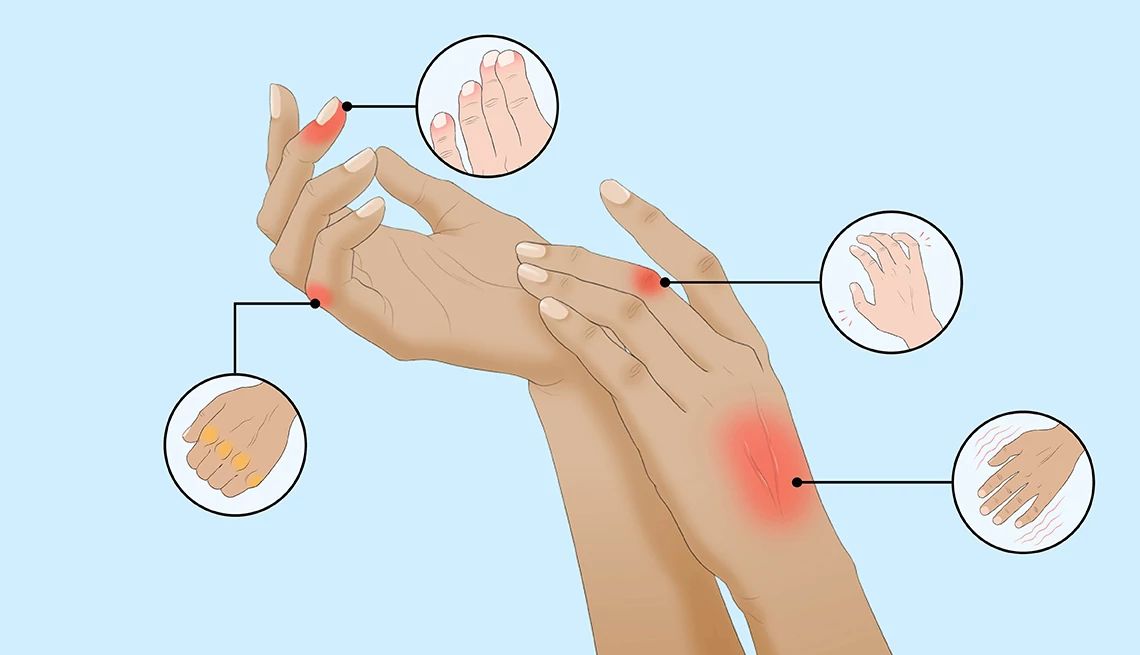
Hands are, by definition, pretty darn handy. But one of their hidden talents is divulging potentially subtle health problems that need a doctor’s attention. Here are nine things your hands and fingers may be trying to tell you.
1. A weak handshake
Condition: Increased frailty
Grip strength reflects overall body strength and health, and has been linked to dementia, cardiovascular disease and even mortality, says Mark D. Peterson, a professor of physical medicine and rehabilitation at the University of Michigan.
Grip strength correlates with changes in a person’s DNA that indicate how fast they are aging, Peterson explains.
What to do: Strength training. Says Peterson, “Strength preservation is the most important thing one can do when they pass their 50th birthday.”
2. Swollen, painful fingers
Condition: Arthritis
The two most common types are osteoarthritis (OA)—often called the wear-and-tear form of the disease — and rheumatoid arthritis (RA), the autoimmune condition.
“RA is usually symmetrical—affecting both hands—and often involves the joint where the fingers meet the hand,” says Stuart D. Kaplan, M.D., chief of rheumatology at Mount Sinai South Nassau in Oceanside, New York. With RA, the joints are swollen and spongy, he adds. By contrast, OA may affect a single hand (or digit) and often leads to bony overgrowths at the finger’s middle or last joint.
What to do: “We have great drugs for RA, called biologics, that can change the course of the disease and stop it in its tracks,” says Kaplan. “The key is catching and treating it early enough, before the damage is done.” For OA, nonsteroidal anti-inflammatory drugs (NSAIDs) and topical anti-inflammatory creams can help ease the discomfort.
3. Yellow knuckle bumps
Condition: High cholesterol
Hard yellow bumps under the skin of the joints are often deposits of fat called xanthomas, says Shari Lipner, M.D., associate professor of clinical dermatology at New York-Presbyterian Hospital/Weill Cornell Medical Center in New York City. “People who have them may have high lipid levels in their blood.” Xanthomas may signal diabetes, liver disease or an underactive thyroid.
What to do: Consult a doctor. You can usually get rid of these bumps by tackling the elevated lipid levels with cholesterol-lowering drugs.
































































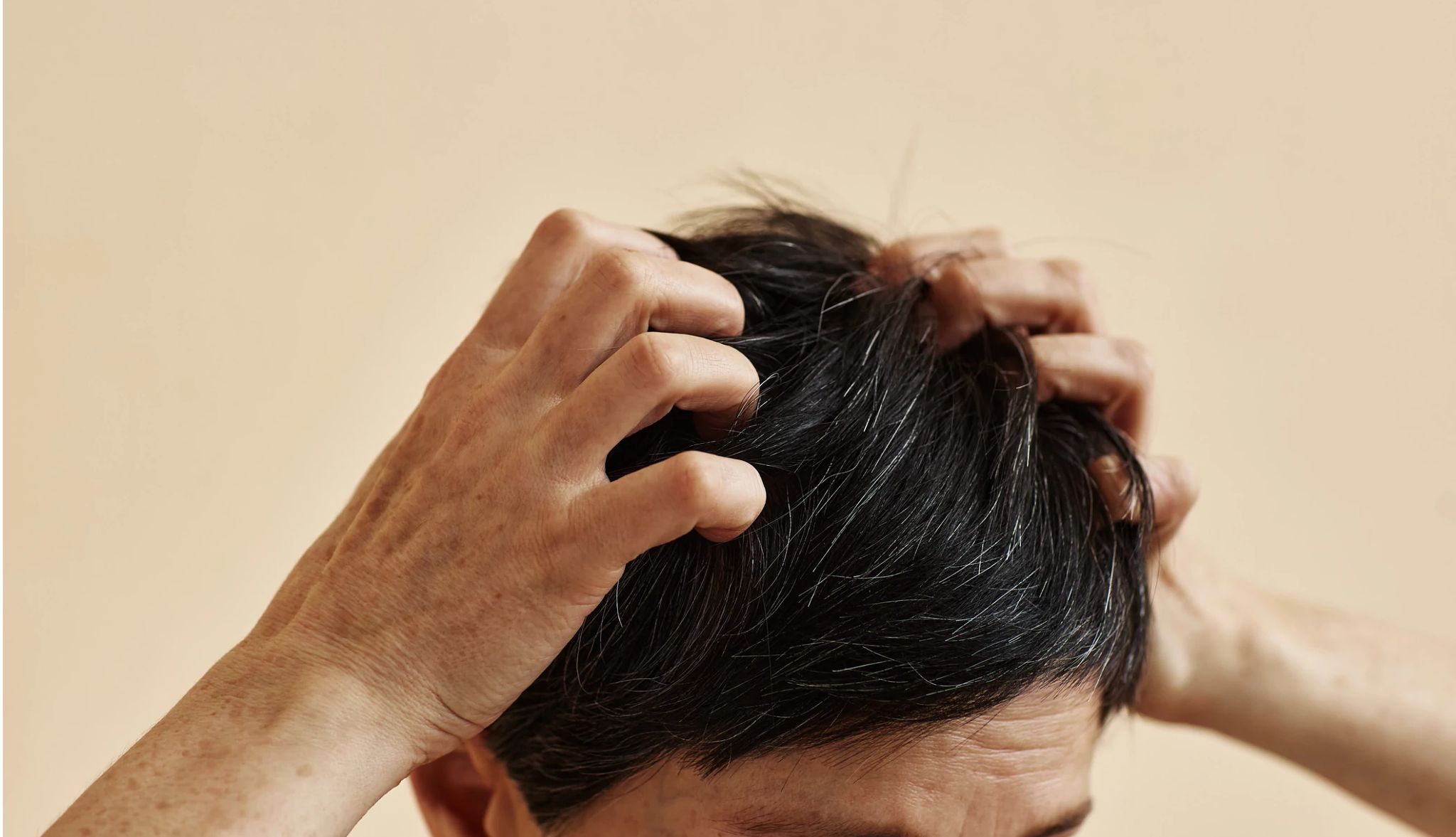



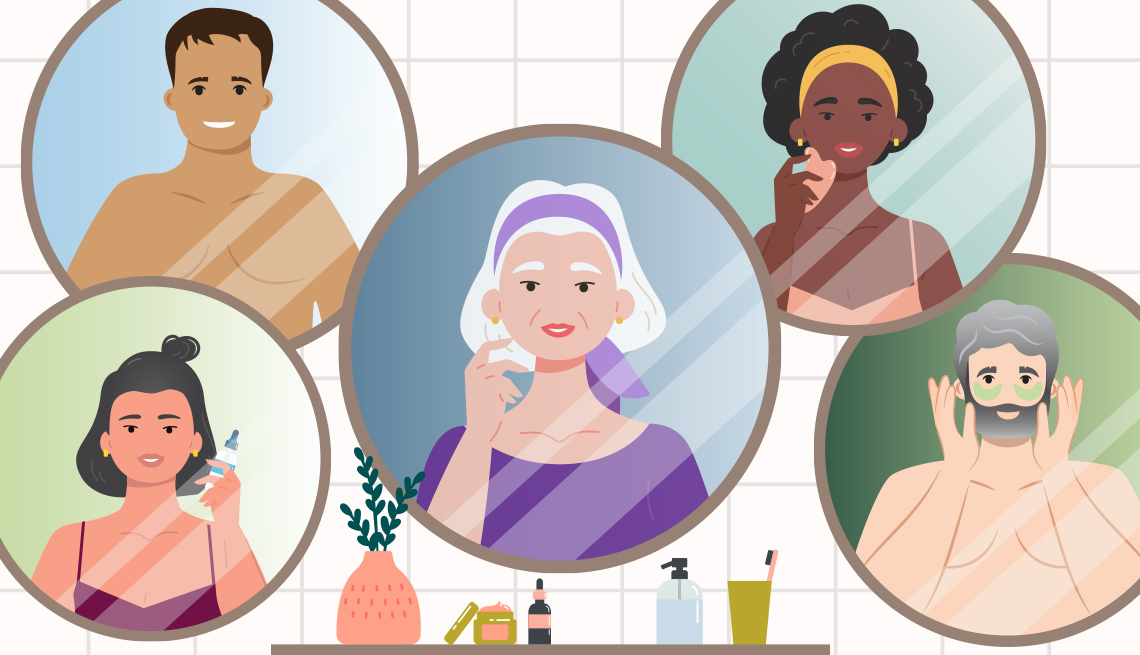

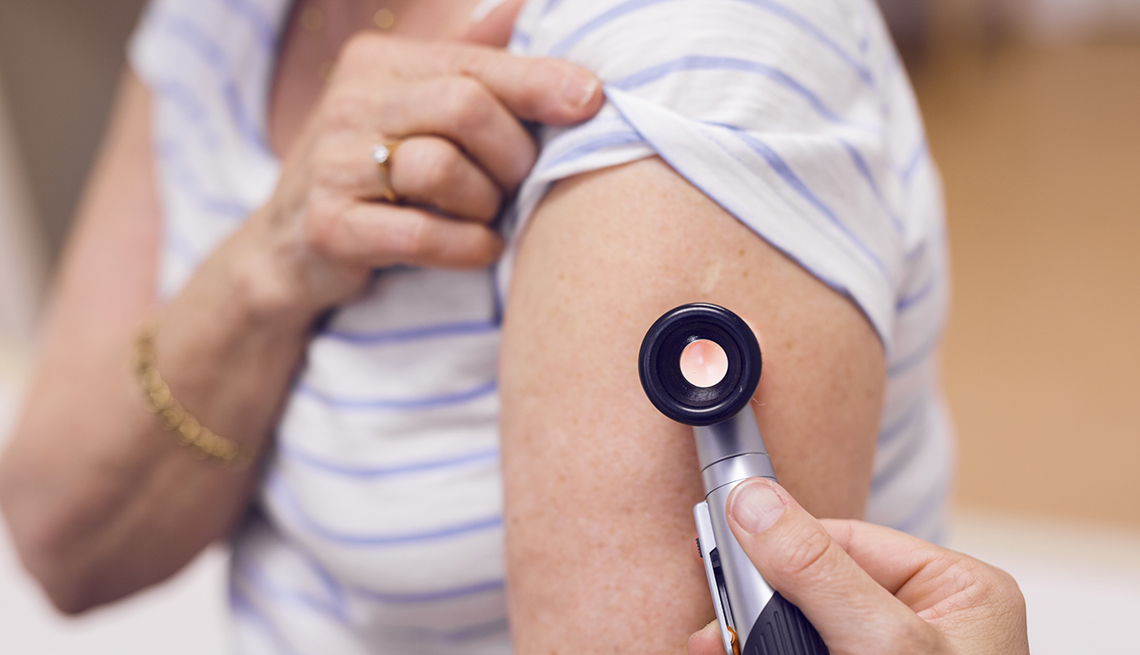
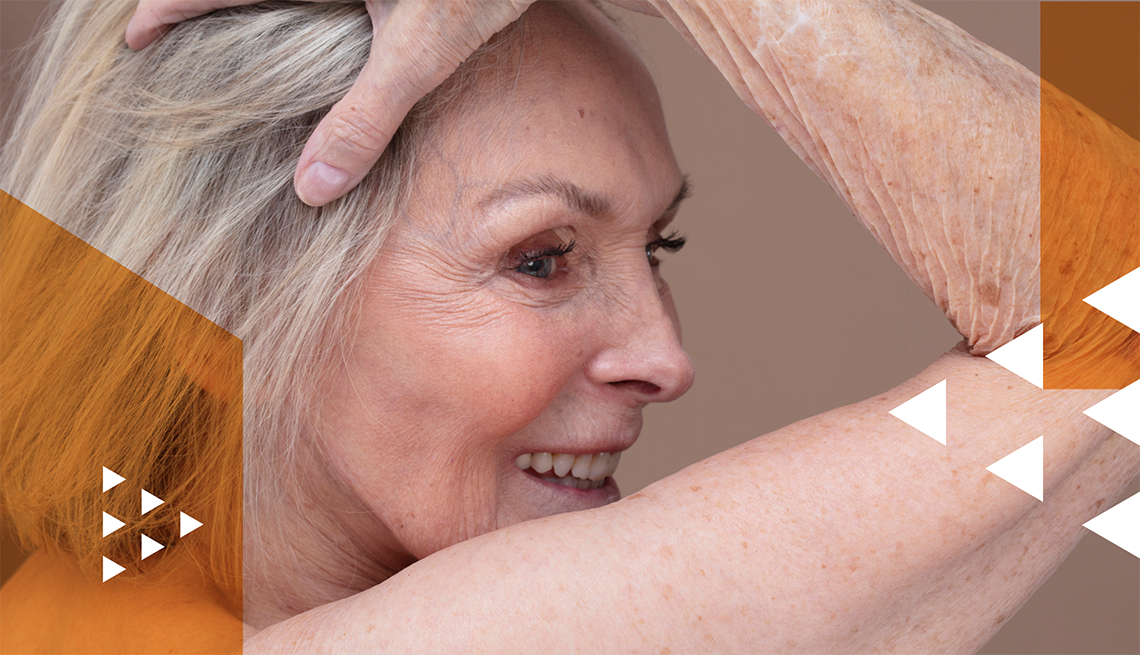
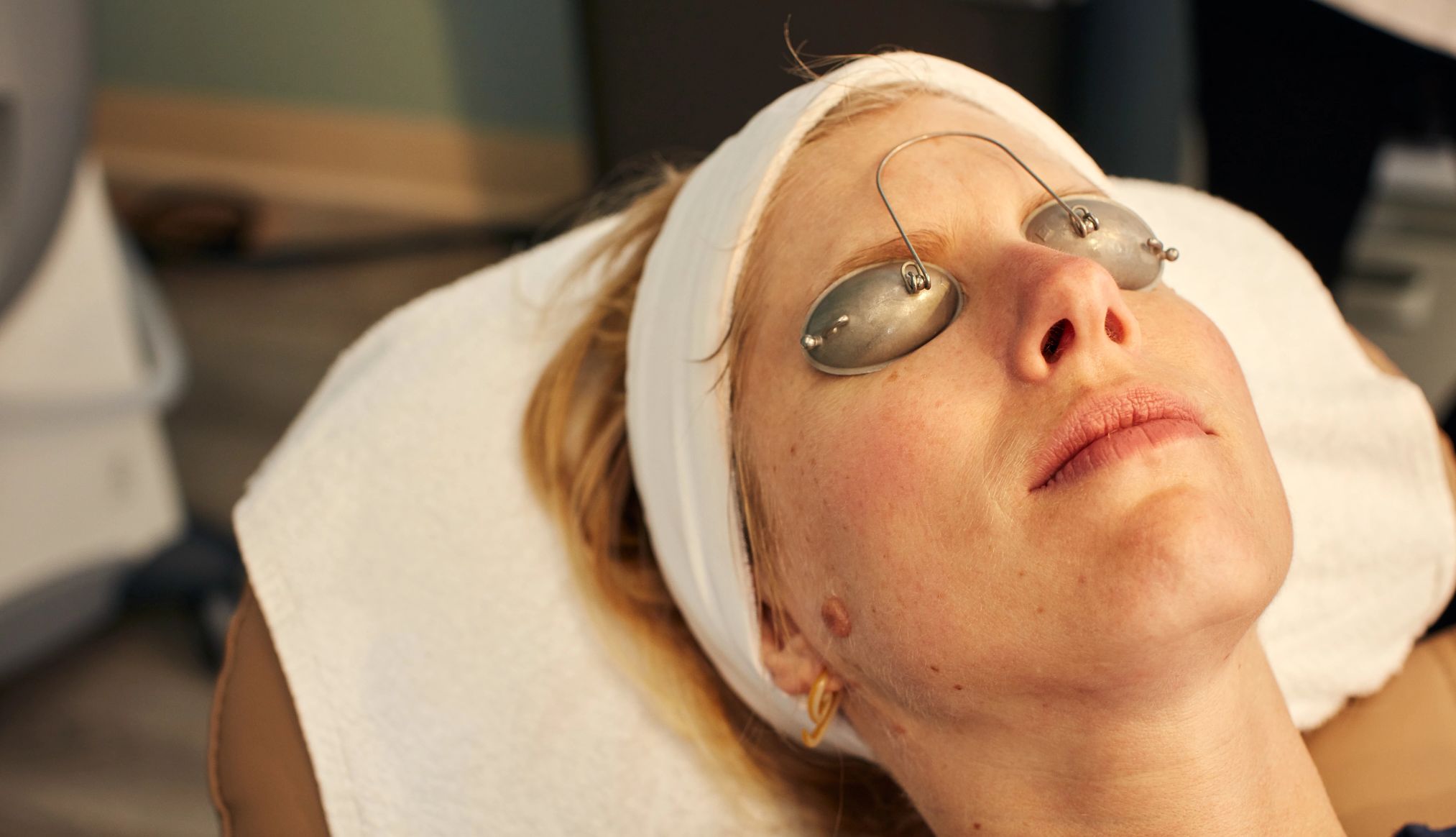
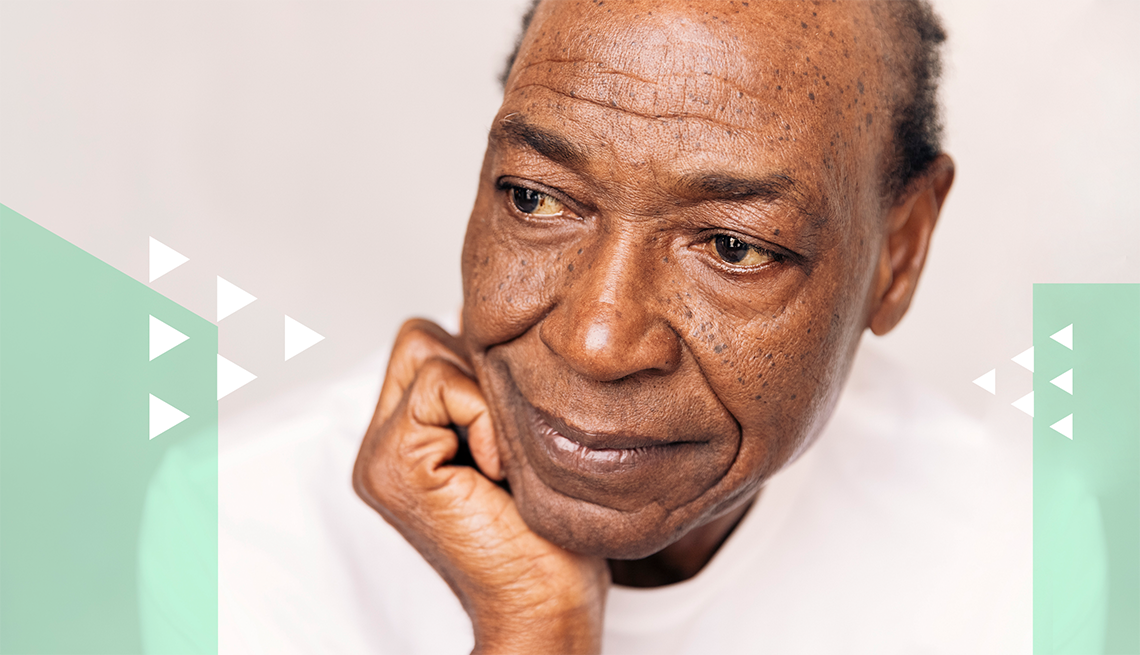





More on Health
8 Major Health Risks for People 50 and Older
A look at the top killers — and how to dodge them10 Things Your Toes Could Say About Your Health
Doing a little digit detective work might help you spot heart disease, diabetes and moreWhat Your Nails Say About Your Health
They can hold clues to a number of conditionsRecommended for You